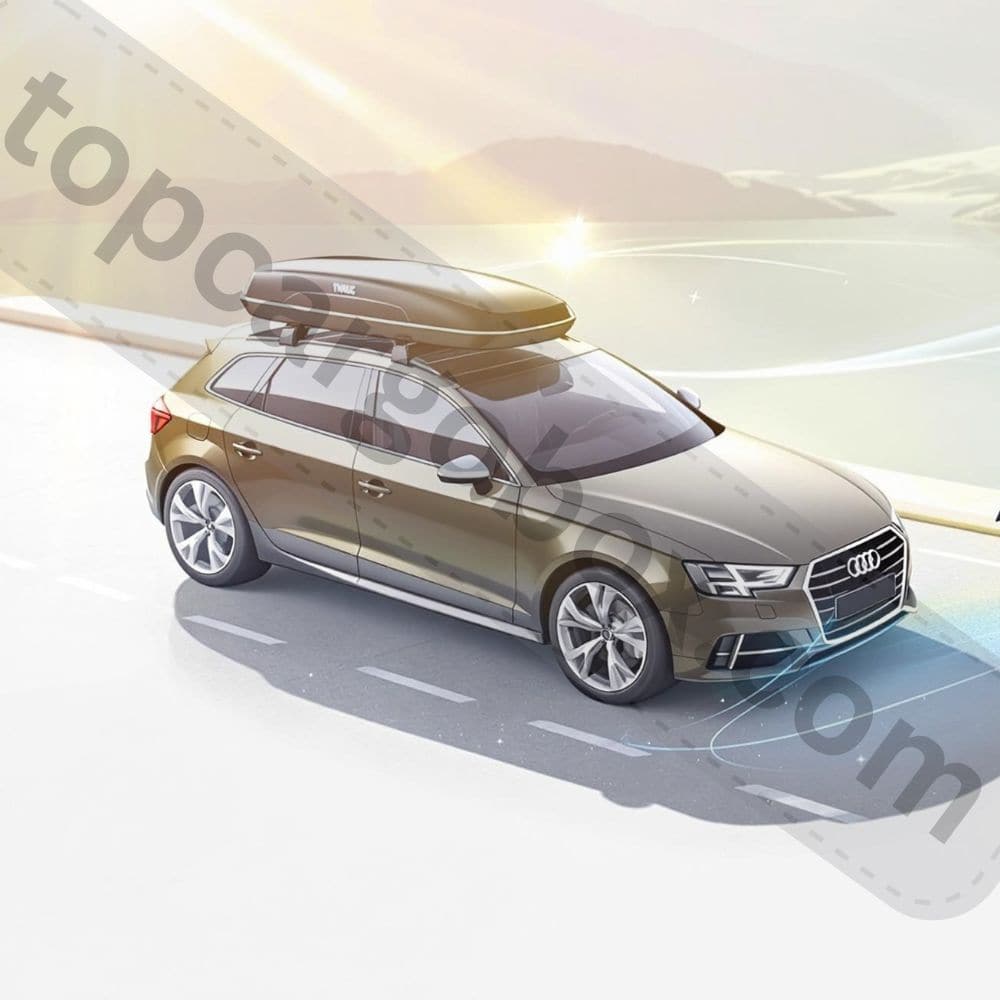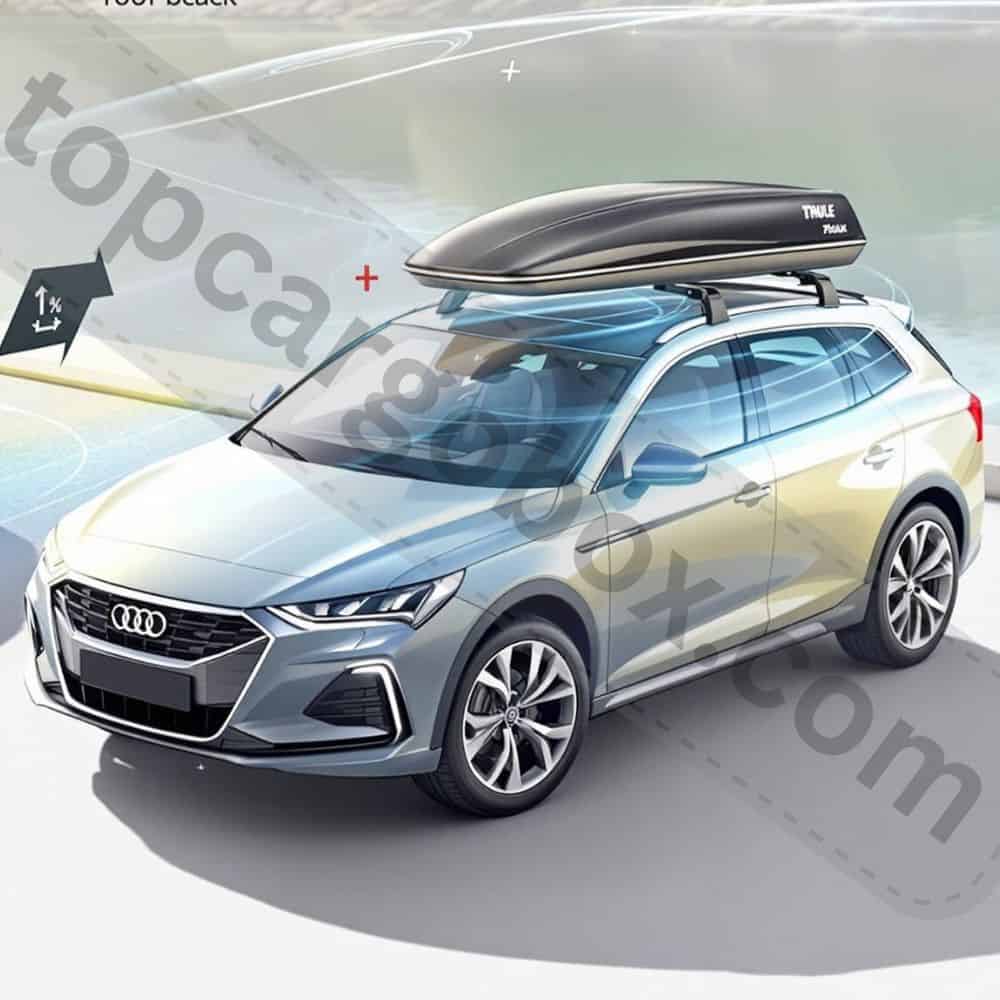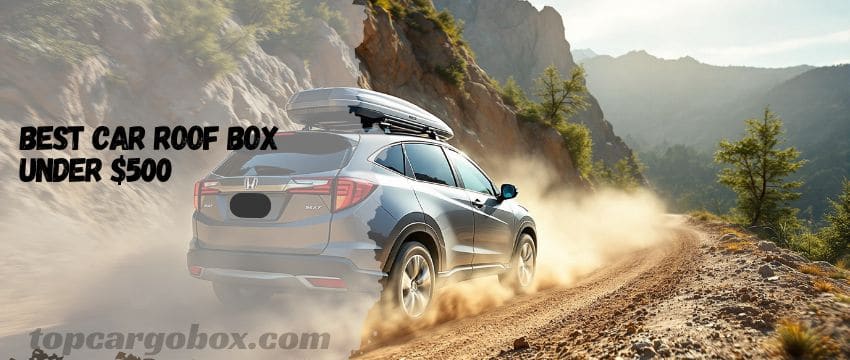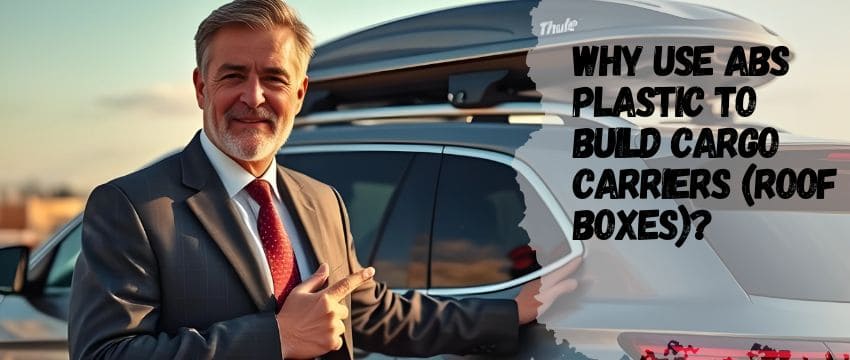What’s up, efficiency nerds? You’ve got your roof box loaded, but your gas mileage’s dropping faster than your phone battery. Could where you slapped that box—front or back—be the culprit? Let’s break down how a few inches of positioning can save your wallet and your sanity.
Why Aerodynamics Aren’t Just for Jets
How’s it going, speed racer? Your car’s designed to slice through air like butter, but add a roof box, and suddenly it’s dragging a parachute. Even a sleek box can tank your MPG by 15-25%. For real? Yep. But positioning tweaks might claw back 5-10% of those losses. Let’s geek out on airflow science without the snooze-fest.
Front Position: The Windblocker Trap
How It Messes With Airflow
Placing the box near the windshield seems logical, right? Wrong. It bulldozes into clean airflow, creating a pressure wall that turbulence dances behind. Wind tunnel tests show front-mounted boxes cause 18-22% more drag than rear ones. That’s crazy!
When Front Might Work
Got a cab-over camper or a boxy SUV? Front positioning can reduce buffeting if your vehicle’s already a brick. But for sedans or hatchbacks? Nah—stick to the rear. We may know where is the best position of a roof cargo box.
Rear Position: Smooth Operator?
The Turbulence Trade-Off
Mounting the box toward the back lets air flow smoothly over the car’s curve… until it hits the box’s abrupt end. This creates a vacuum that sucks your MPG. But! If the box tapers (like Thule’s Motion XT), turbulence drops by 12%. Dude, yes!

The Sweet Spot
Experts say 6-10 inches from the rear edge minimizes drag. Too far back, and crosswinds turn your ride into a wobble machine. Experiment with 1-inch adjustments while parked.
Car Shape Matters (Duh)
Sedans vs. SUVs
Sedans love rear-mounted boxes—their sloping roofs guide air better. SUVs? Their flat roofs create chaos either way, but rear positioning still cuts drag by 8%. Fair enough.
Hatchbacks: The Wild Card
Hatchbacks aerodynamically hate roof boxes. If you must, center the box to balance airflow. Or just… rent a trailer.
Wind Tunnels Don’t Lie
The Numbers Game
Studies at Stuttgart University found front-mounted boxes on sedans spiked drag coefficients from 0.30 to 0.42. Rear placement? 0.35. That 0.07 difference saves 1.5 MPG at 65 mph. That’s lit!
Real-World Testing Hacks
No wind tunnel? Tape yarn strands to your box and drive. If they flutter wildly, your airflow’s a mess. Smooth flow = parallel strands. No big deal.
Weight Distribution: The Silent Saboteur
Front-Heavy = Drag Monster
Loading heavy gear at the front tips your car’s balance, forcing the suspension down and increasing wind resistance. Keep weight centered or slightly rearward. You good?
The 60/40 Rule
Place 60% of weight toward the box’s rear to mimic your car’s balance. Use a bathroom scale to measure—old school, but works.
Accessories That Help (or Hurt)
Wind Deflectors: Hero or Zero?
A front deflector on a rear-mounted box reduces drag by 10%. But on a front-mounted box? It’s like putting lipstick on a bulldozer. Meh.

Fairings: Not Just for Bikes
Roof rack fairings smooth airflow between bars, cutting drag by 5-7%. Pair with a rear box for max gains.
How to Test Your Setup
App It Up
Use fuel-tracking apps like Fuelio to log MPG changes after repositioning. 1-2 MPG gains? That’s awesome.
The Mirror Trick
Check side mirrors at highway speed. If the box vibrates like a washing machine, reposition it. Stability = better aerodynamics.
When to Say “Forget It”
Tiny Cars + Huge Boxes
Putting a 18-cu-ft box on a Mini Cooper? Are you kidding me? The drag’ll be brutal no matter where you mount it. Downsize or suffer.
Speed Demons
If you drive 80+ mph, drag quadruples. No position will save you—slow down or remove the box.
The Future: Active Aero Roof Boxes?
Can you imagine boxes with retractable spoilers that adjust while driving? Patents exist, but prototypes are 5-10 years out. Till then, keep tweaking.
Roof Box Positioning Specs
| Feature | Details |
|---|---|
| Drag Increase | 15-25% (front), 10-18% (rear) |
| Ideal Position | 6-10 inches from rear edge for most vehicles |
| Weight Distribution | 60% weight toward box’s rear |
| Speed Limit | 75 mph max to minimize turbulence |
| Adjustment Range | 1-3 inches changes matter |
FAQs
How to make a roof rack more aerodynamic?
Use oval-shaped bars instead of square ones—they cut drag by 7-10%. Add a wind fairing between bars, and remove unused accessories like bike racks. Keep the rack clean; dirt adds texture that messes with airflow. Lubricate mounts to prevent whistling. If all else fails, take it off when not needed.
What is the best position for a roof box?
For sedans and hatchbacks, 6-10 inches from the rear edge of the roof. SUVs and trucks? Center it to balance crosswind stability. Always test with a short drive—if mirrors vibrate, nudge it forward. Avoid blocking the sunroof or antenna.
Where is the best place to put the roof box?
Rear-third of the roof for most cars. Exceptions: cab-over campers or vehicles with roof spoilers—align the box with the spoiler. Never let it overhang the windshield or trunk. Use measuring tape; eyeballing leads to regrets.
How much drag does a roof box cause?
A standard box adds 15-25% more drag, costing 2-5 MPG. Aerodynamic models (teardrop shape) limit losses to 10-15%. Speed matters: At 75 mph, drag is 2.5x higher than at 55 mph. Remove it for long highway hauls.
How much drag does a roof rack cause at 70mph?
Empty roof racks add 5-8% drag. Add a box, and it jumps to 15-25%. At 70 mph, that’s 18-30 lbs of extra force pushing your car. Upgrade to aero bars, and you’ll claw back 1-2 MPG. Or drive 65 mph—it’s cheaper than premium gas.
Our team is creating outdoor-gear relevant articles with passion. If our articles can help you to find the correct solutions for your questions, we will be happy about that. In the content creation process, we usually collect accurate and useful information online or offline to compile our content in an organized way. Consequently, we can guarantee that you can discover some expected answers to your questions. We appreciate your time on our site.







